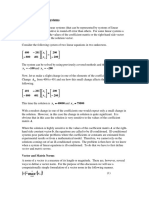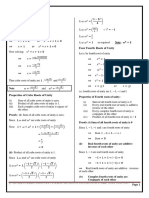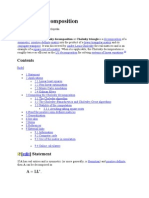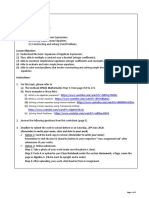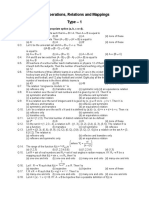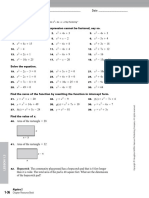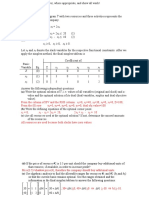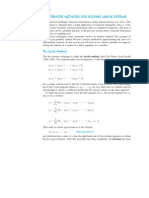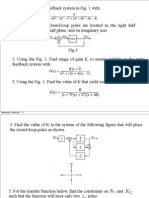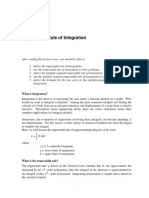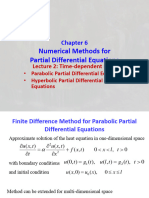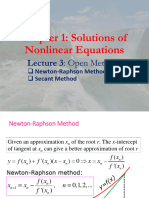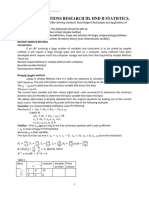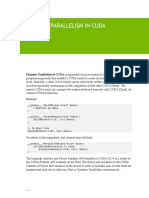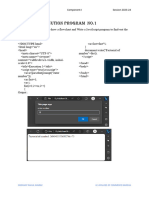0% found this document useful (0 votes)
189 views52 pagesMatlab - Introduction Slides
This document provides an introduction and overview of Matlab. It begins by defining Matlab as a high-level language and development environment used for research and engineering applications. It then outlines key topics that will be covered, including the Matlab screen interface, variables, arrays, matrices, operators, functions, plotting, and more. The document provides examples of basic Matlab syntax and commands to demonstrate how to work with variables, perform calculations, generate plots, and more. Overall, the document serves as a starting point for learning the fundamentals of the Matlab programming language and environment.
Uploaded by
Fernanda ModkowskiCopyright
© © All Rights Reserved
We take content rights seriously. If you suspect this is your content, claim it here.
Available Formats
Download as PDF, TXT or read online on Scribd
0% found this document useful (0 votes)
189 views52 pagesMatlab - Introduction Slides
This document provides an introduction and overview of Matlab. It begins by defining Matlab as a high-level language and development environment used for research and engineering applications. It then outlines key topics that will be covered, including the Matlab screen interface, variables, arrays, matrices, operators, functions, plotting, and more. The document provides examples of basic Matlab syntax and commands to demonstrate how to work with variables, perform calculations, generate plots, and more. Overall, the document serves as a starting point for learning the fundamentals of the Matlab programming language and environment.
Uploaded by
Fernanda ModkowskiCopyright
© © All Rights Reserved
We take content rights seriously. If you suspect this is your content, claim it here.
Available Formats
Download as PDF, TXT or read online on Scribd
/ 52


